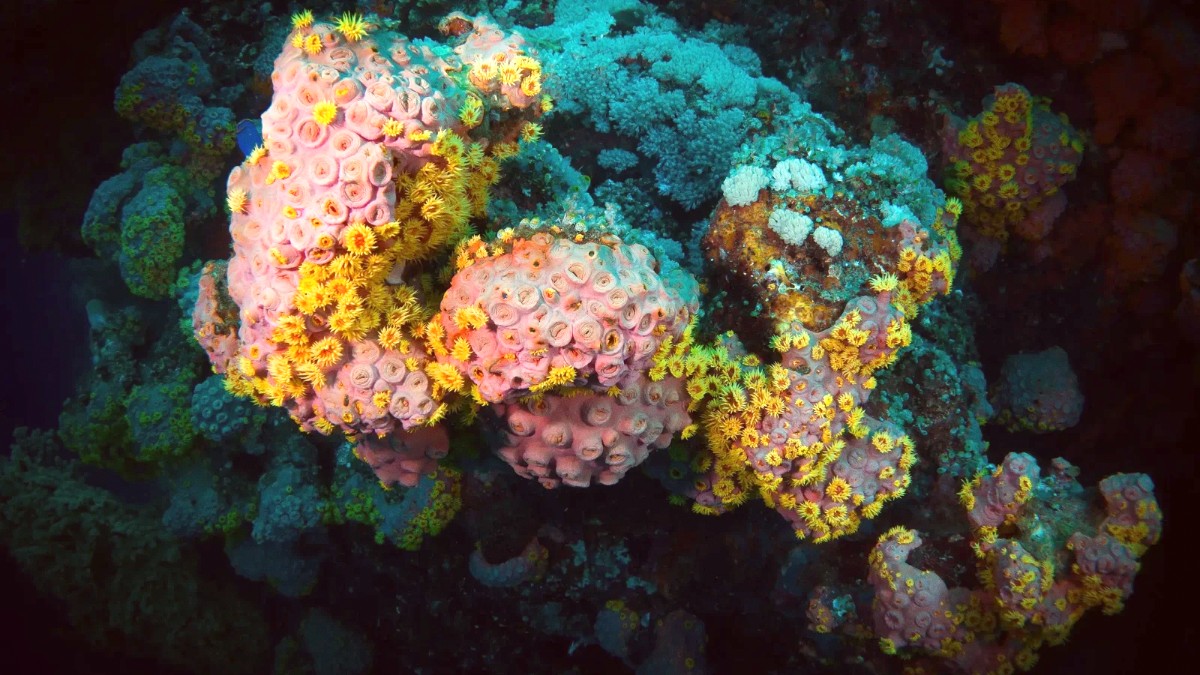
Essential preparations for an authorized mission to the United States Minor Outlying Islands commence many months ahead, calling for meticulous attention to detail.
A structured approach to ensure all aspects of the expedition are covered well in advance.
Begin the rigorous permit process.
Confirm all necessary expedition funds.
Recruit and medically clear personnel.
Finalize transport and supply chains.
Prepare specialized equipment.
Conduct detailed hazard assessments.
Finalize comprehensive emergency action plans.
Conduct pre-deployment training and gear checks.
Arrange for home affairs before departure.
The initial phases involve securing the necessary authorizations and financial backing for the mission.
Arranging transportation, supplies, and specialized gear forms a core part of preparation.
Mitigating potential hazards and ensuring all final details are in place.
No commercial aspect applies to bookings. All transport and on-island arrangements are part of the integrated expedition plan.
The arrival checklist for authorized personnel focuses on immediate operational and environmental protocols, rather than finding transport or checking into lodging.
Stringent biosecurity checks on all personnel and gear (e.g., boot washing, vacuuming gear, inspection for seeds/insects) immediately upon landing to prevent non-native species introduction.
Efficiently move all equipment and supplies from the vessel/aircraft to the designated staging area or field station.
A swift on-site safety briefing, re-acquainting personnel with current conditions, hazards, and operational boundaries.
Meticulous collection, sorting, and packing of all waste for removal.
Final, rigorous biosecurity cleaning of all gear and clothing before packing for transport.
Dismantling, cleaning, inventorying, and packing all shared and personal equipment. Any temporary field setups are removed, leaving the site as undisturbed as possible.
Familiarization with the island's terrain, designated work zones, and the layout of the field station or operational base.
Not applicable. No services exist for currency exchange or purchases on the islands.
All supplies are pre-arranged.
On-foot or via utility vehicle (if available) to the field station or research vessel.
No public transport options.
Standard preparations for any extended remote absence, like arranging for mail, bill payments, and pet care, hold significance. Inform family of communication plans and emergency contacts.
Departure from the United States Minor Outlying Islands demands the same rigor as arrival, with strong emphasis on environmental responsibility and mission completion.
The site is left as undisturbed as possible.
This process aligns with strict conservation guidelines.